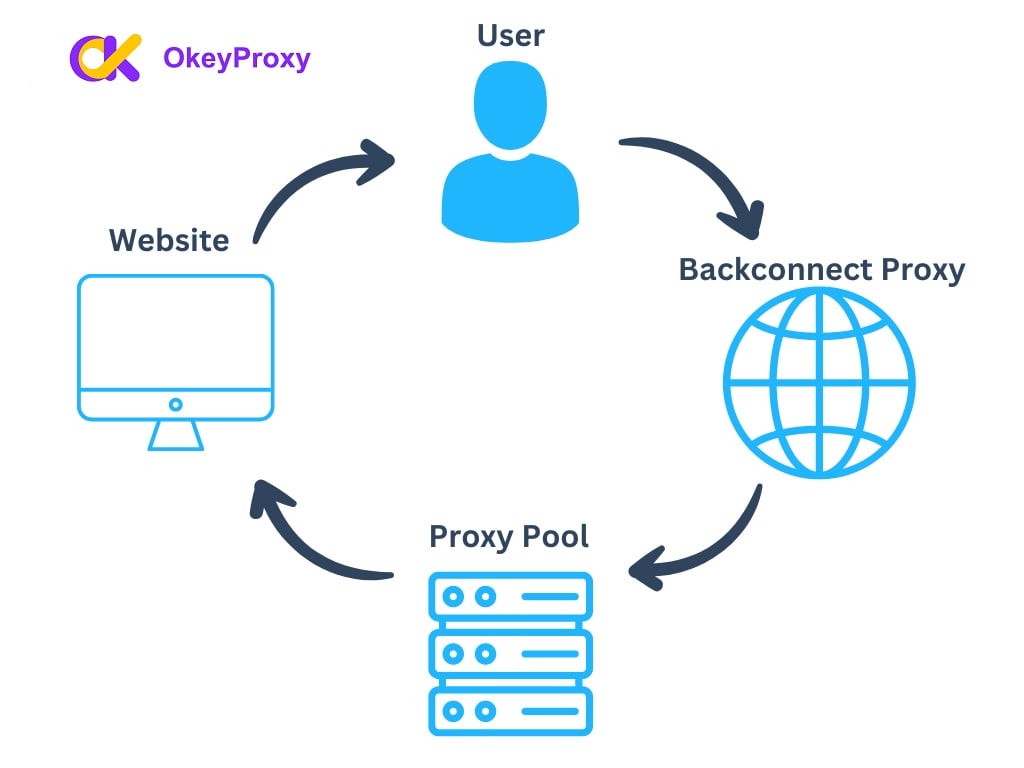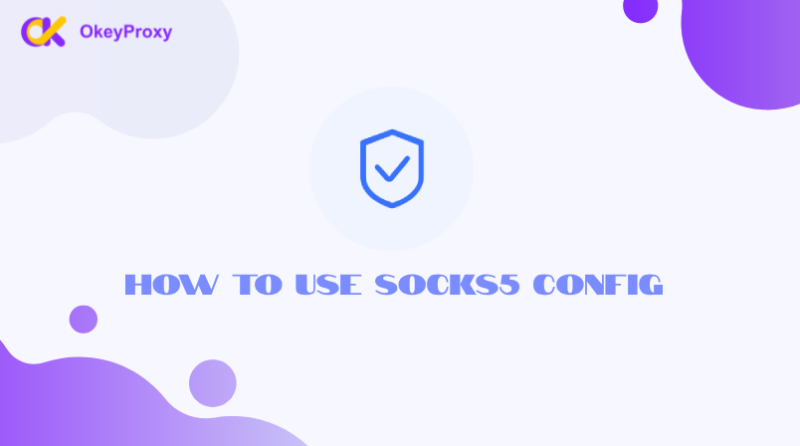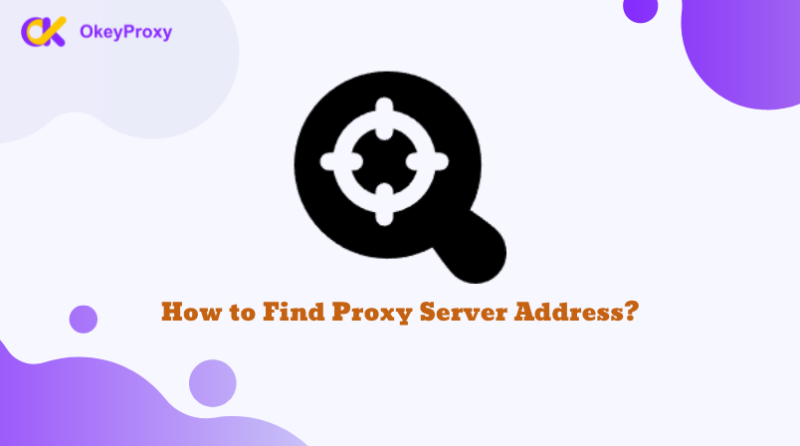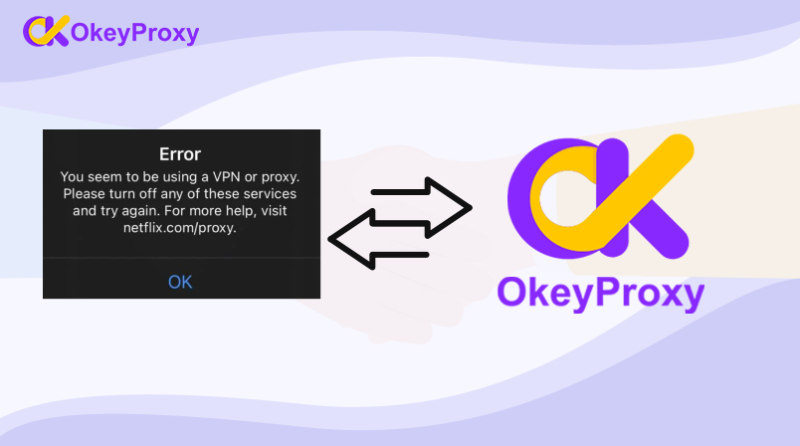Whether you’re an experienced proxy user or just dipping your toes into the world of proxies, there’s always something new to discover. In this discussion, we’ll be delving into backconnect proxies. In a nutshell, backconnect proxies empower users to maintain anonymity while surfing the internet by continually changing their IP address. These proxies find utility in scenarios where individuals or businesses need to navigate internet restrictions, track competitors, or engage in web scraping activities.
This guide aims to provide a comprehensive understanding of backconnect proxies, their functioning, and the benefits they offer. Shall we begin?
Understanding Backconnect Proxies
A backconnect proxy is a specific type of proxy server that permits users to switch IP addresses with each request, making it challenging for anti-proxy tools to discern the user’s original IP address. This feature is particularly valuable for web scraping and automation tools that demand frequent IP rotations.
How Backconnect Proxies Works?
Backconnect proxies operate by routing your internet traffic through a network of proxy servers, each possessing a unique IP address. This setup effectively conceals your online activities and geographic location. These proxies boast extensive IP pools, simplifying large-scale projects that necessitate multiple IPs.
One of the most significant advantages of backconnect proxies is their ability to grant access to geo-restricted content, which is only available in specific regions or countries. For example, if you reside in a region that lacks access to certain streaming services, a backconnect proxy, armed with an IP address from a supported location, can enable you to bypass these restrictions and watch that elusive movie you’ve been longing for.
These proxies are a vital tool for safeguarding online privacy. With their IP rotation capability and provision of multiple IP addresses, they are an ideal choice for those engaged in extensive data collection or seeking to circumvent internet restrictions.
The Working Mechanism of Backconnect Proxies
- User Sends a Request: The user sends a request to the backconnect proxy server, seeking access to a specific website or online resource.
- Proxy Server Assigns an IP Address: The backconnect proxy server assigns a new IP address to the user’s request, ensuring that the original IP address remains hidden.
- Request Forwarded to the Target: The proxy server forwards the request to the target website or resource using the newly assigned IP address.
- Response Received: The target website or resource responds to the request.
- Proxy Server Forwards the Response: The backconnect proxy server receives the response from the target and forwards it back to the user while altering the IP address, enhancing anonymity.
- The Process Repeats: With each subsequent request, a new IP address is assigned, and the process of forwarding requests and responses continues, ensuring ongoing anonymity and online security.
Varieties of Backconnect Proxies
You may be curious if all proxy types can adopt the backconnect format. The concise answer is yes. The key determinant is not the type of IP but rather the server setup. However, certain proxy types are more commonly associated with the backconnect format. For instance, rotating sessions frequently employ residential proxies and mobile addresses, while datacenter and ISP proxies can either rotate or remain static in the form of an IP list, contingent on the specific use case.
Common Use Cases of Backconnect Proxies
Once we have a clear grasp of what backconnect proxies are, it’s time to explore their diverse applications. Backconnect proxies prove invaluable in numerous scenarios, including:
Voluminous Data Scraping
Backconnect proxy networks are a crucial asset when you need to scrape extensive web data from multiple sources without drawing unwanted attention. The use of distinct IP addresses for each request makes it challenging for websites to identify and block the scraper.
SEO Activities
Businesses leverage backconnect proxies to enhance their search engine rankings by bolstering their online visibility. These proxies create the illusion of multiple users visiting a website, thereby strengthening the site’s credibility and authority.
Social Media Automation
Backconnect proxies enable users to automate social media actions like following, liking, and commenting without detection. By masking the user’s IP address, these proxies make it difficult for social media platforms to identify and block automated activity.
Marketing Endeavors
Marketers often employ rotating backconnect proxies for ad verification, ensuring that the right content reaches the intended audience, leading to the preferred landing page without interference from third parties.
Purchasing Limited-Edition Items
Backconnect proxies come in handy when buying limited-edition items online, such as sneakers or event tickets. They enable users to make multiple purchases without detection, as each order is associated with a different IP address.
Choosing the Right Backconnect Proxy
Selecting the right backconnect proxy entails considering several crucial factors:
Reliability
Ensure the proxy is reliable, offering a stable connection to prevent interruptions during browsing and data transfer.
Speed
Opt for a proxy with a fast network, as a sluggish connection can be frustrating and detrimental to productivity.
IP Pool Size
Choose a proxy with a large IP pool to reduce the likelihood of detection or blockage by websites.
Cost and Support
Evaluate the cost and quality of customer support offered by the provider. Reputable providers typically offer competitive deals and round-the-clock support.
Last Words
Backconnect proxies in 2023 continue to be a potent tool for evading CAPTCHAs and IP blocks, particularly when engaging in web scraping, social media, and SEO tasks. By routing internet traffic through remote servers, these proxies provide secure and anonymous connections, facilitating access to desired online content without impediments.





